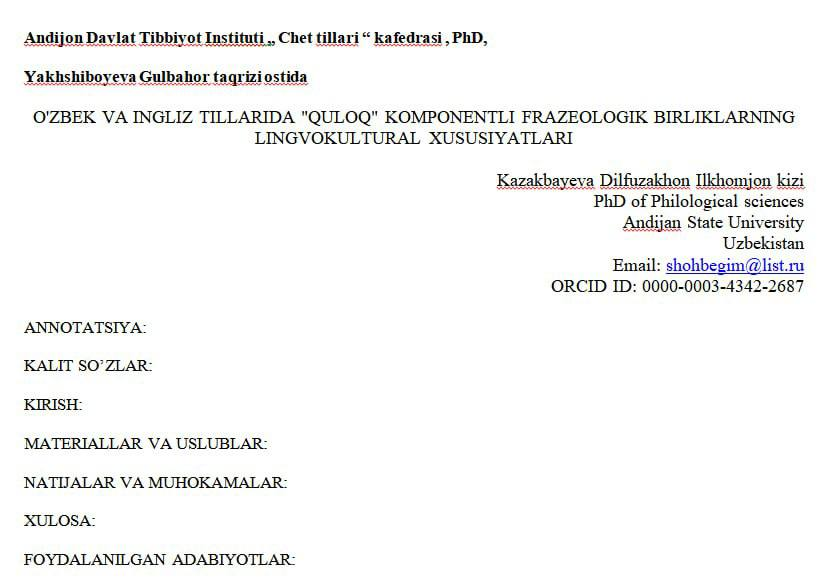DEBIASING MECHANISMS: TOP MANAGEMENT TURNOVER AND CORPORATE RESOURCES REALLOCATION - ESCAPING INERTIA TRAP
Keywords:
team management turnover, resource reallocation, decision making bias, inertia trapAbstract
Resource allocation decisions have a profound impact on organizational performance. This study examines the close relationship between debiasing mechanisms and inertia in operating companies. It seeks to understand whether resource reallocation leads to development through fresh leadership perspectives or stays unchanged. By examining the connection of cognitive biases, inertia, and debiasing mechanisms, this research offers a comprehensive framework for comprehending the key factors influencing resource reallocation during managerial transformation. Research employs dynamic threshold method using S&P 500 data over 2000 companies. From the perspective of organizational tenure, our findings reveal that teams with an average tenure of 8.8 years in the dynamic model and 5.3 years in the dynamic threshold model witness substantial changes in capital allocation. These findings emphasis the significance of team members' tenure length in triggering significant shifts in resource allocation patterns. This research enriches strategic decision-making practices, thereby contributing to both organizational theory and practical applications. The paper concludes with a policy recommendation that aims to guide organizations in navigating these dynamics effectively.
References
Amason, A. C., & Sapienza, H. J. (1997). The effects of top management team size and interaction norms on cognitive and affective conflict. Journal of Management, 23(4), 495-516.
Argyres, N., & Lovallo, D. (2023). Internal Resource Allocation: Partitions, Granularity, and Selection Mechanisms. Working paper.
Baliga, S., & Ely, J. C. (2011). Mnemonomics: the sunk cost fallacy as a memory kludge. American Economic Journal: Microeconomics, 3(4), 35-67.
Bardolet, D., Fox, C. R., & Lovallo, D. (2011). Corporate capital allocation: A behavioral perspective. Strategic Management Journal, 32(13), 1465-1483.
Boeker, W. (1997). Strategic change: The influence of managerial characteristics and organizational growth. Academy of Management Journal, 40(1), 152-170.
Boulding, W., Guha, A., & Staelin, R. (2017). Do we really need to change the decision maker? Counterintuitive escalation of commitment results in real options contexts. Management Science, 63(10), 3459-3472.
Busenbark, J. R., Yoon, H., Gamache, D. L., & Withers, M. C. (2022). Omitted variable bias: Examining management research with the impact threshold of a confounding variable (ITCV). Journal of Management, 48(1), 17-48.
Chiu, S.-c., Johnson, R. A., Hoskisson, R. E., & Pathak, S. (2016). The impact of CEO successor origin on corporate divestiture scale and scope change. The Leadership Quarterly, 27(4), 617-633.
Chulkov, D. V., & Barron, J. M. (2019). Turnover in top management and de-escalation of commitment. Applied Economics, 51(23), 2534-2551.
David, G., & Brachet, T. (2011). On the determinants of organizational forgetting. American Economic Journal: Microeconomics, 3(3), 100-123.
de Holan, P. M., Phillips, N., & Lawrence, T. B. (2004). Managing organizational forgetting. Mit sloan management review, 45(2), 45.
Easterby-Smith, M., & Lyles, M. A. (2011). In praise of organizational forgetting. Journal of Management Inquiry, 20(3), 311-316.
Fortune. (2015). The Spy in General Dynamics’ Corner Office. Retrieved from https://fortune.com/2015/09/11/phebe-novakovic-general-dynamics/
Gentry, R. J., Harrison, J. S., Quigley, T. J., & Boivie, S. (2021). A database of CEO turnover and dismissal in S&P 1500 firms, 2000–2018. Strategic Management Journal, 42(5), 968-991.
Greve, H. R. (1999). The effect of core change on performance: Inertia and regression toward the mean. Administrative science quarterly, 44(3), 590-614.
Hall, S., Lovallo, D., & Musters, R. (2012). How to put your money where your strategy is. McKinsey Quarterly, 2, 27-38.
He, J., & Huang, Z. (2011). Board informal hierarchy and firm financial performance: Exploring a tacit structure guiding boardroom interactions. Academy of Management Journal, 54(6), 1119-1139.
Hill, A. D., Johnson, S. G., Greco, L. M., O’Boyle, E. H., & Walter, S. L. (2021). Endogeneity: A review and agenda for the methodology-practice divide affecting micro and macro research. Journal of Management, 47(1), 105-143.
Krause, R., Semadeni, M., & Cannella Jr, A. A. (2014). CEO duality: A review and research agenda. Journal of Management, 40(1), 256-286.













